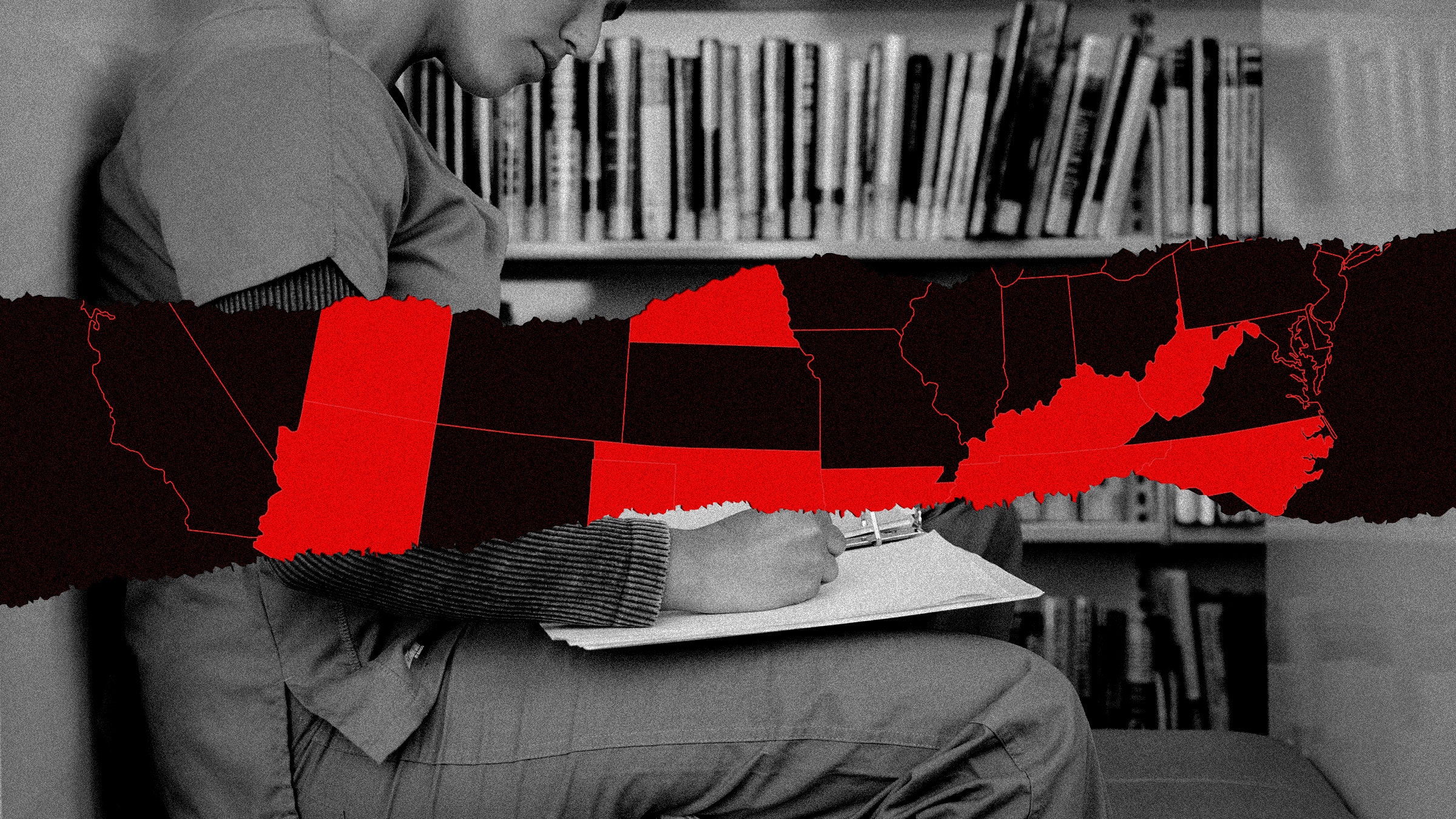
States With Abortion Bans Are Losing a Generation of Ob-Gyns
The conflict between what medicine demands and state laws prevent leaves new and would-be doctors in restrictive states struggling with their inability to follow medical evidence and their own best intentions. “I’m starting to take care of patients for the first time in my life,” says Mermin-Bunnell, Traub’s survey partner. “Seeing a human being in front of you, who needs your help, and not being able to help them or even talk to them about what their options might be—it feels morally wrong.”
That frustration is equally evident among trainees in specialties who might treat a pregnant person, prescribe treatments that could imperil a pregnancy, or care for a pregnancy gone wrong. Those include family and adolescent medicine, anesthesiology, radiology, rheumatology, even dermatology and mental health.
“I’m particularly interested in oncology, and I’ve come to realize that you can’t have the full standard of gynecologic oncology care without being able to have access to abortion care,” says Morgan Levy, a fourth-year medical student in Florida who plans to apply to ob-gyn residency. Florida currently bans abortion after 15 weeks; a further ban, down to six weeks, passed in April but has been held up by legal challenges. In three years of med school so far, Levy received one lecture on abortion—in the context of miscarriage—and no clinical exposure to the procedure. “It is a priority for me to make sure that I get trained,” she says.
But landing in a training program that encourages abortion practice is more difficult than it looks. Residency application is an algorithm-driven process in which graduates list their preferred programs, and faculty rank the trainees they want to teach. For years, there have been more applicants than there are spaces—and this year, as in the past, ob-gyn programs filled almost all their slots. What that means, according to faculty members, is that some applicants will end up where they do not want to be.
“Students and trainees do exert their preferences, but they also need to get a training spot,” says Vineet Arora, the dean for medical education at the University of Chicago Pritzker School of Medicine and lead author on the survey published in February. “Would they forgo a training spot because of Dobbs? That's a tall order, especially in a competitive field. But would they be happy about it? And would they want to stay there long term?”
That is not a hypothetical question. According to the medical-colleges association, more than half of residents stay to practice in the states where they trained. But it’s reasonable to ask whether they would feel that loyalty if they were deprived of training or forced to relocate. “If even a portion of the 80 percent of people who prefer to practice and train in states that don't have abortion bans follow through on those preferences, those states that are putting in abortion bans—which often have workforce shortages already—will be in a worse situation,” Arora says.
An ACOG analysis estimated in 2017 that half of US counties, which are home to 10 million women, have no practicing ob-gyn. When the health care tech firm Doximity examined ob-gyn workloads in 2019, seven of the 10 cities it identified as having the highest workloads lie in what are now very restrictive states. Those shortages are likely to worsen if new doctors relocate to states where they feel safe. The legal and consulting firm Manatt Health predicted in a white paper last fall: “The impact on access to all OB/GYN care in certain geographies could be catastrophic.”

